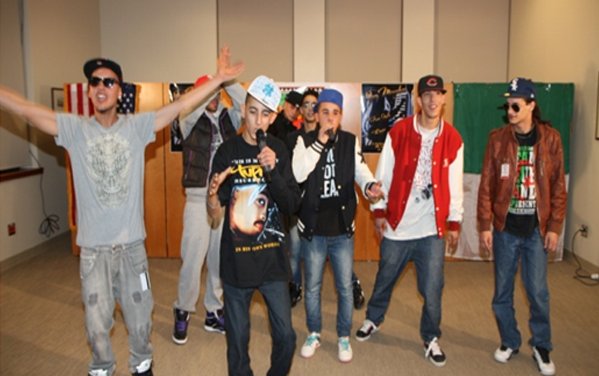99 problems but fMRI ain't one: rappers help scientists study creativity
Ars Technica » Scientific Method 2012-11-15

At Ars, we’ve seen tears and faux tarantulas inside fMRI machines, but here’s a new one: rappers. A group of researchers from NIH wanted to investigate what goes on in the brain during periods of intense creativity, and what’s a better example of pure improvisation than freestyle rapping? So the researchers—along with two rappers/co-authors—ran a group of freestylers through an fMRI machine and reported their results in this week’s Scientific Reports.
Twelve male rappers, all of whom had at least 5 years of professional experience, took part in the study. The same 8-bar background track was used for all the experiments; in the “conventional” condition, the participants were asked to memorize lyrics given to them a week before the experiment. In the “improvised,” or freestyle, condition, the rappers had to come up with lyrics on the spot—or, rather, in the tube. Each participant was scanned in an fMRI machine under both the “conventional” and the “improvised” conditions to determine how brain activity differed between these two types of performances.
One of the major differences between the improvisational and the rehearsed rap was that those who were freestyling had increased activity in the medial prefrontal cortex (MPFC) and decreased activity in the dorsolateral prefrontal cortex (DLPFC), compared to those that were rapping verses they had practiced. In general, the MPFC provides signals to the DLPFC, where the information is processed and passed along to the rest of the body.
Read 7 remaining paragraphs | Comments